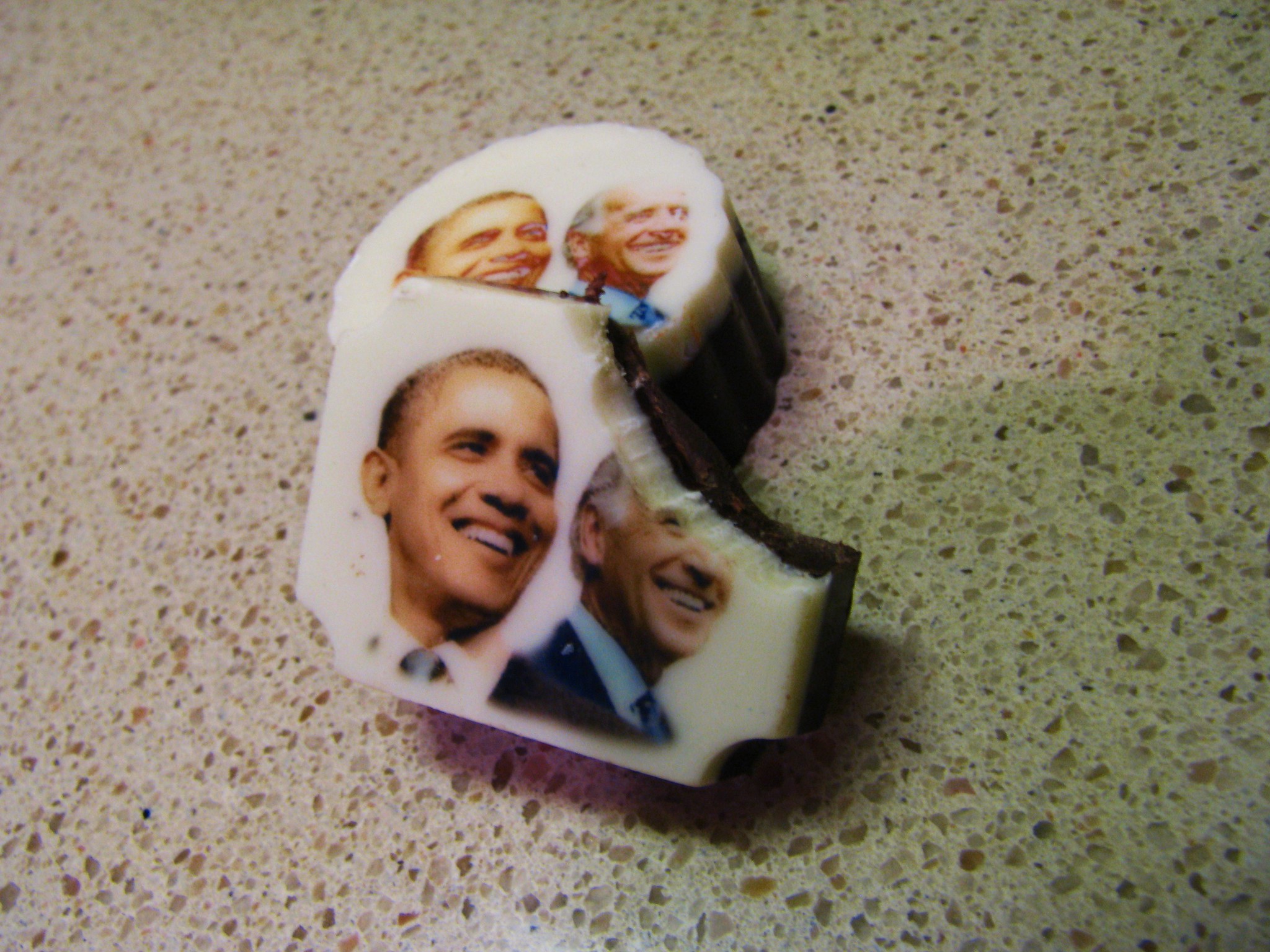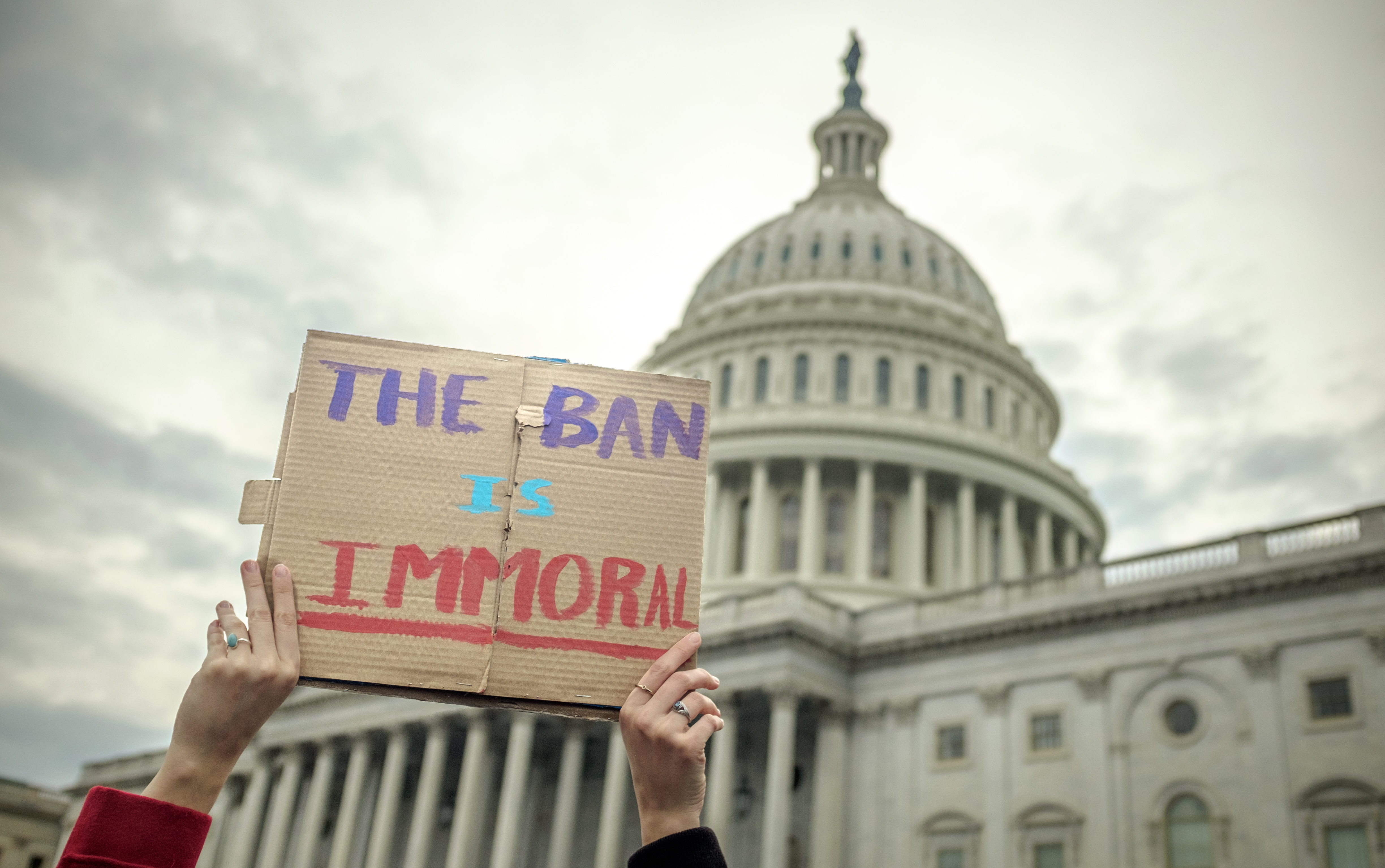It’s been over a year since President Donald Trump was elected, and the effects of his presidency continue to be far-ranging and, in many cases, deleterious. I am still haunted by the video that went viral on November 10, 2016, reportedly showing the lunchroom at Royal Oak Middle School in Michigan with some students chanting, “build the wall!” in seemingly enthusiastic anticipation of Trump’s campaign promise to build a wall on the U.S.-Mexico border. The video conjured memories of my own years in school, including memories of how mean middle schoolers can be. Witnessing or being subject to cruel schoolmates is an experience most people can relate to, and the election of a bully as the leader of our country (a psychologist specializing in bullying confirmed that Trump qualifies) could only make that phenomenon worse.
A post-election survey by the Human Rights Campaign found sharp increases in youth bullying during or since the 2016 election. HRC surveyed a diverse group of 50,000 youth, ages 13 through 18, and found that 70% of respondents had witnessed bullying, which included hate messages or harassment throughout the campaign period and in the immediate aftermath of Trump’s election victory. Among those who witnessed the bullying, “79 percent said it occurred more frequently following the start of the campaign.”
The bullying effects of the Trump presidency — dubbed the “Trump effect” — are devastating, particularly when it comes to bullying of minority groups, especially those who are easily identifiable and/or who are singled out by the president’s statements or actions. Trump’s November retweets of rabidly anti-Muslim videos put out by a far-right British group are just one example. The videos contain falsehoods and were meant as anti-Muslim propaganda. By retweeting them, Trump legitimized their message.
It’s no surprise, then, that there has been a particularly focused impact on Muslims. The Council on American-Islamic Relations reports that anti-Muslim harassment spiked by 91% in the first half of 2017, compared with the same period in 2016. And according to a 2017 poll by the Institute for Social Policy and Understanding (ISPU), 42% of Muslims with children in grades K–12 “report bullying of their children because of their faith, compared with 23% of Jews, 20% of Protestants, and 6% of Catholics.”
The effects of the bullying are dire. One Muslim mother of a bullied 7-year-old boy told Teen Vogue that last year the bullying was so bad her son said he no longer wanted to live. She said one student challenged others to make him cry, and said another student took up the challenge and stabbed her son with a pencil. “When he cried, they would all laugh. They would cut his lunch line telling him he doesn’t need to eat since he is fat. … He was threatened by a girl that she would break his pinky finger if he tattled about them.”
The faith-based element of bullying was the focus of December’s National Interfaith Anti-Bullying Summit, convened by the American Muslim Health Professionals, ISPU, and other interfaith partners. A report from ISPU explained the summit’s focus: “In terms of negative outcomes, bias-based bullying has been shown to be more harmful than other forms of bullying.” It cited a 2012 study published in the American Journal of Public Health that found that youth who suffered bias-based harassment reported higher levels of mental health issues and substance use compared with those who were targets of non-bias-based harassment. With regard to faith-based bullying, since many religious followers wear visible religious symbols (such as the Muslim hijab, the Sikh dastar as well as a chunni or dupatta, and the Jewish yarmulke, to name a few), the target of an attack could often anticipate future incidents.
Religion-based bullying is woefully understudied, and in school settings, teachers made aware of it may not intervene. By drawing for the first time broad and serious attention to the subject, the National Interfaith Summit has started an important conversation into solutions, including solutions across faith lines.
And that is the silver lining in all of this: While the Trump era, even in its early stages, has inflicted much pain — including on vulnerable youths —Americans are responding with deeper research and innovative answers. It’s a phenomenon across the board; liberals, conservatives, women, and members of minority groups have all been activated and are more engaged. Continued engagement is our best response to the Trump effect.
Asma Uddin is the founding EIC of altM. This piece was originally published at Teen Vogue.
Photo Credit





